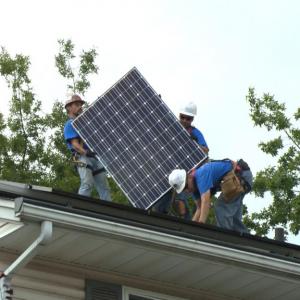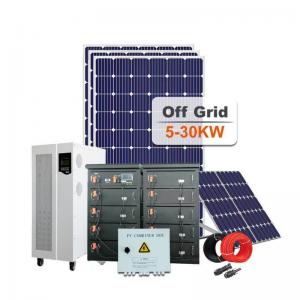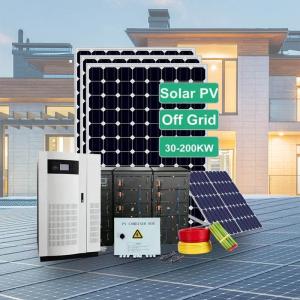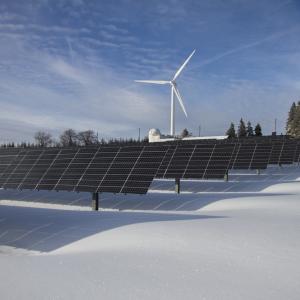How to Protect Your Solar Power System from Lightning?
Residential solar power systems are generally installed on the rooftop of residential buildings. However, the large metal surface area, height from the ground and exposed location increase rooftop solar systems’ risk of being struck by lightning in thunderstorms. It can cause fire, electrical safety issues, and loss of property and human life.The PV industry has matured, and system design and construction have become more standardized. However, doubts about the requirements for lightning protection persist.
Many think this added layer of protection isn’t worthy, but without the right protection products, lightning could cost you thousands more in damage and downtime than it would cost to implement a protection system from the start.
However, the purpose of lightning protection is not to stop the lightning from striking. Lightning protection controls the path of the lightning after it hits. Like it or not, that is about the best you can do. It’s not lightning that causes the damage, it’s lightning going through places you don’t want it to.
The following are some of the most cost-effective techniques that are generally accepted by many solar power system installers, based on decades of experience.
Install a Proper Grounding System
Lightning arrestors and surge protectors are designed to protect electronic equipment by absorbing electrical surges. However, these devices are not a substitute for good grounding. They function only in conjunction with effective grounding. The grounding system is an important part of your wiring infrastructure. It is suggested that install it before or while the power wiring is installed. Otherwise, once the system is working, this important component may never get checked off on the “to do” list.
Ground Rods
The weakest aspect of many installations is the connection to the earth itself. After all, you can’t just bolt a wire to the planet! Instead, you must bury or hammer a rod of conductive, noncorrosive metal (generally copper) into the ground, and make sure most of its surface area contacts conductive (that means moist) soil. This way, when static electricity or a surge comes down the line, the electrons can drain into the ground with minimal resistance.
Lightning Rods
Lightning rods are static discharge devices that are placed above buildings and solar-electric arrays, and connected to ground. They protect you from direct strikes. They provide an alternative, low resistance, direct route to earth so that the lightning is much less likely to go through the solar power system.
Lighting rods are typically only used at sites that experience extreme electrical storms. If you think your site falls into this category, hire a contractor who has experience in lightning protection.
In conclusion, it is important to take measures to protect your solar power system from lighting to ensure its operation in the long term.






